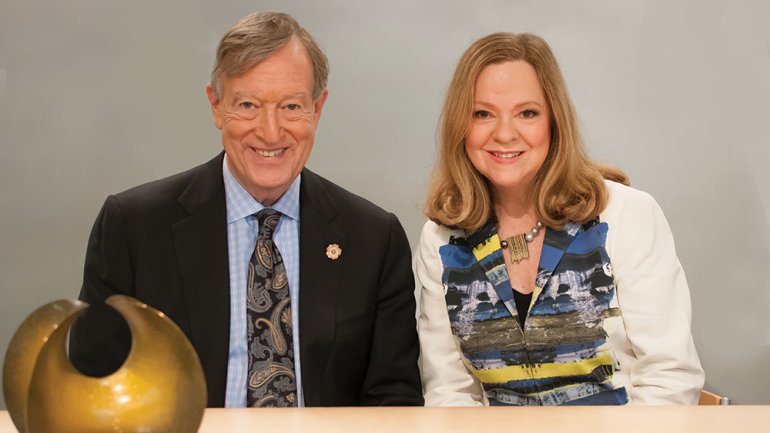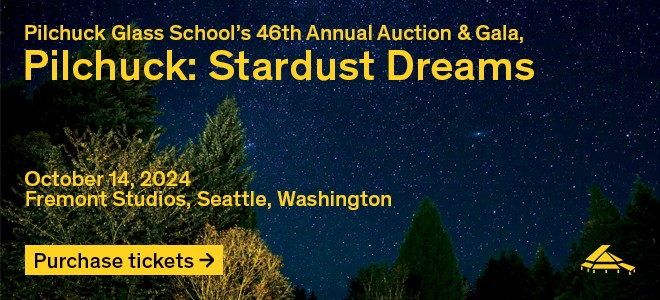America and Beyond
America and Beyond
In 1977, the Aaron Faber Gallery established itself across the street from the Museum of Modern Art in Manhattan, with a mission to present work by American studio jewelers. The gallery, which was founded in 1974 at another location, diversified early on, including watches, estate jewelry, and engagement and wedding rings, but its commitment to highly wearable art jewelry has never wavered. Patricia Faber, who owns the gallery with her husband, Edward, curates and presents four shows each year that bring in veteran and new collectors. With the gallery’s nearly four decades and an international stable of established and emerging artists, Faber is optimally positioned to reflect on the state of the art jewelry field.
When you first started out, how did you find artists?
We went to every little fair, but now we’ve been in the field so long that artists find us. Also, because of the internet, people now find us more easily and we are sent images. We look at everything, as long as it’s a PDF. However, we still go to Munich once a year to a trade show called Inhorgenta because it has a big student and emerging-artist component. We also go to Las Vegas for the Couture Show and the JCK Rising Stars showcase.
Although you began with American artists such as Glenda Arentzen and Earl and Tod Pardon – who are still in your stable, along with others – you also represent many international artists, notably Claude Chavent, So Young Park, Peter Schmid, Enric Majoral, and the high-concept gem cutters Tom and Bernd Munsteiner. When did that change occur?
We began carrying the work of European goldsmiths in the ’80s. In Europe they don’t have a gallery tradition like we do. European goldsmiths go through structured 10-year apprenticeships. The work is material-based in precious gems and the noble metals. The execution is very sophisticated, and our collectors have absolutely loved it. I would venture to say these studio jewelers have a stronger market in America than in their home countries, partly because we are so big, but also because Americans appreciate this one-of-a-kind bold style.
Are galleries still the best places for collectors to see art jewelry?
What has taken over from the gallery venue is the art fair venue. There are so many now, and collectors seem to gather for them. So it’s a combination. We still do shows here at the gallery but also offsite, at SOFA, for example, or the many shows in Palm Beach, Florida.
Has collecting changed over the years?
The internet has globalized our base. Collectors do their work online, then come here, from Europe, Australia, New Zealand – all over – to buy. They are much more educated than in the past.
What’s your view of the alternative materials trend in art jewelry now so prevalent?
The alternative material field is wonderful and exciting; it’s boundless. But we felt we just had to keep a focus. I like the metalwork and the technique. I’m astonished at what people can do. So that seemed a good focus for us. But every now and then we do something else. Recently the work of Italian artist Paolo Marcolongo just knocked me over – metal and blown-glass erotic rings and, oh my God, it accomplishes so much in such a small form!
How did your collectors react to his work?
There was resistance because they’re not used to buying blown glass. The collectors who are buying it are glass collectors. That’s very educational for us.
Has the phenomenon of art jewelry affected commercial jewelry design in any significant way?
Someone recently bought an aquamarine Munsteiner as an engagement ring. She wanted it, he was resistant. But this represents a huge trend in unique engagement rings, wanting to have something no one else has.
Do you view “wearable” and “conceptual” art jewelry as irreconcilable?
I think there’s a place for alternative jewelry, installation jewelry. The best of it may have a future through traditional art galleries. But I think for people who want to have that transformational experience, you can’t have that if you can’t wear it.
Andrea DiNoto is a New York-based writer on art, craft, and design.




